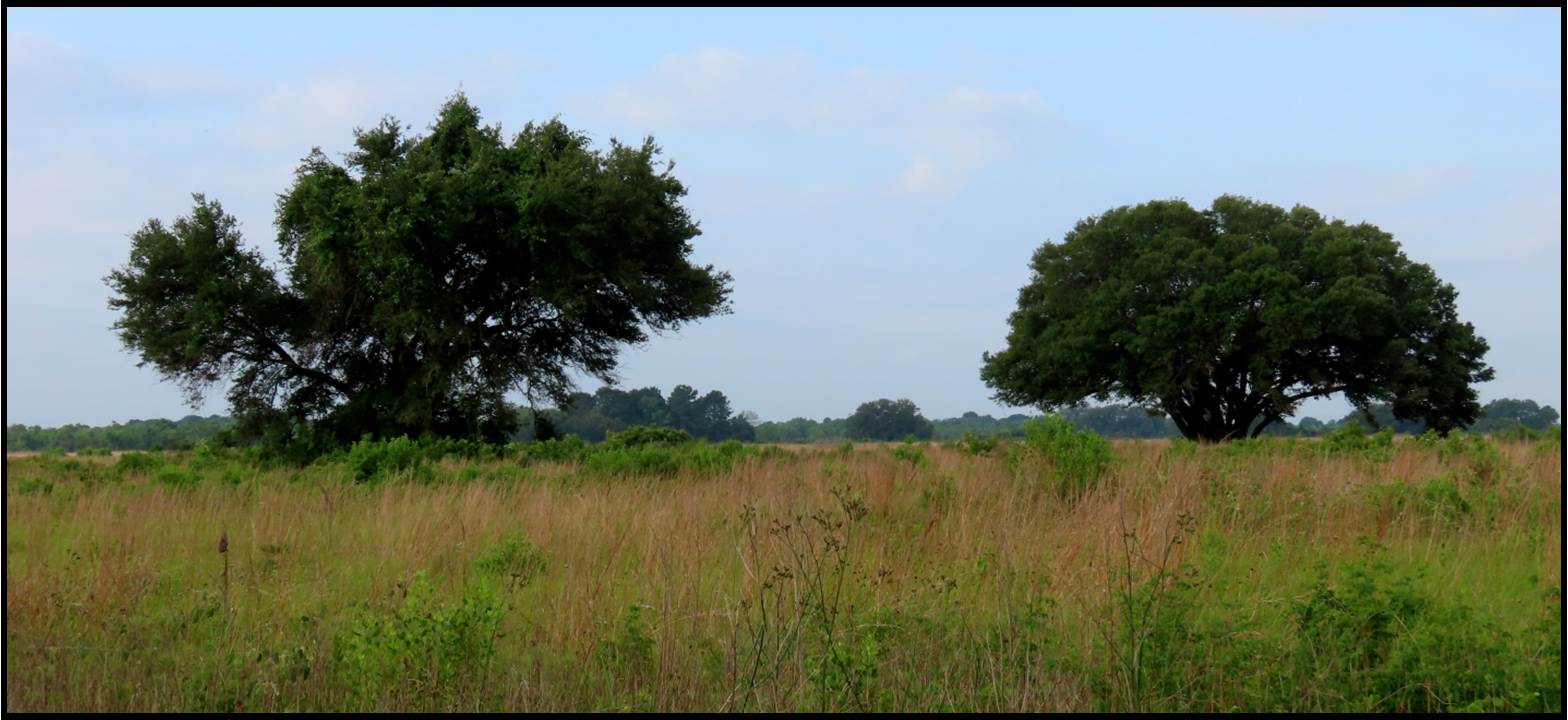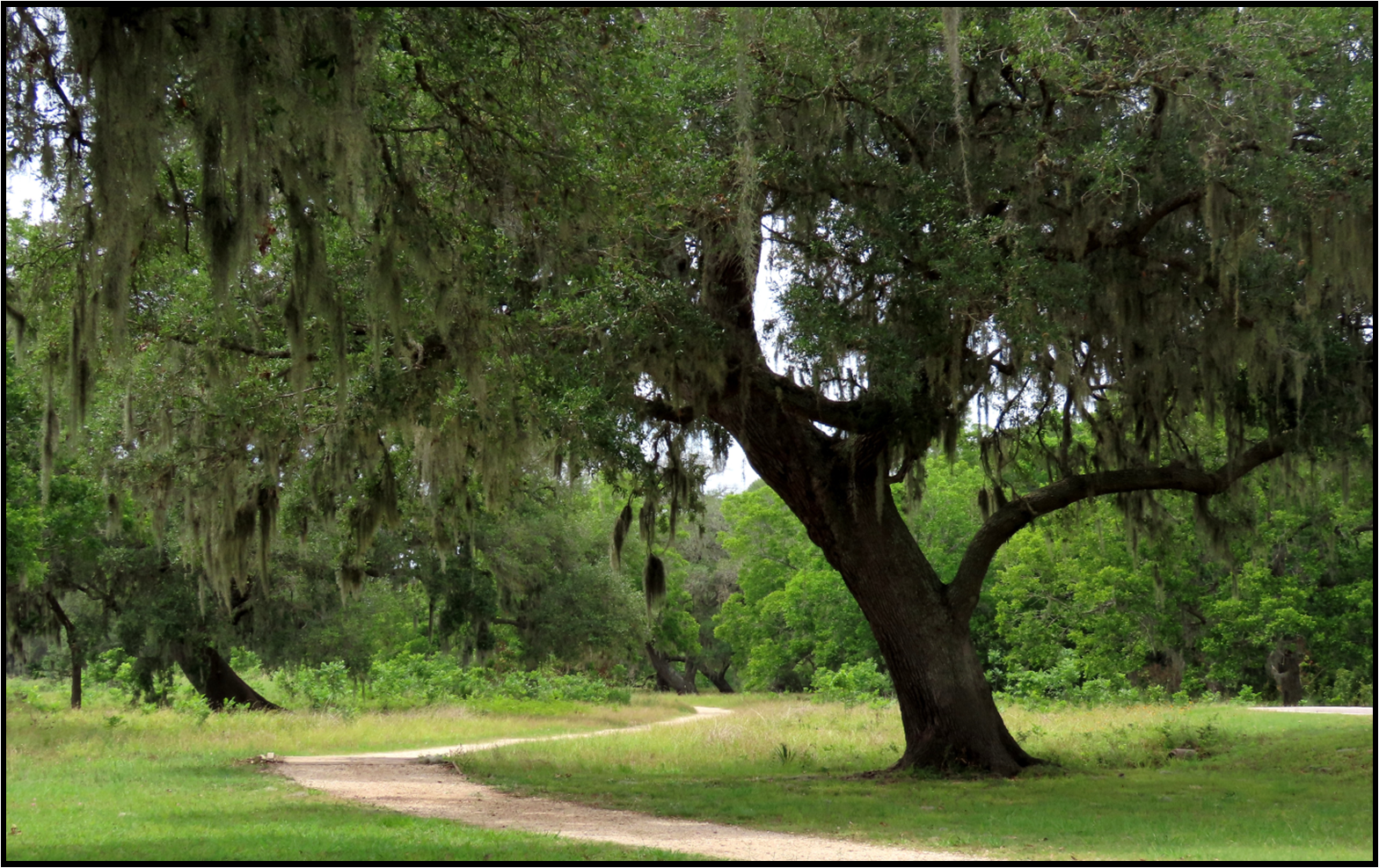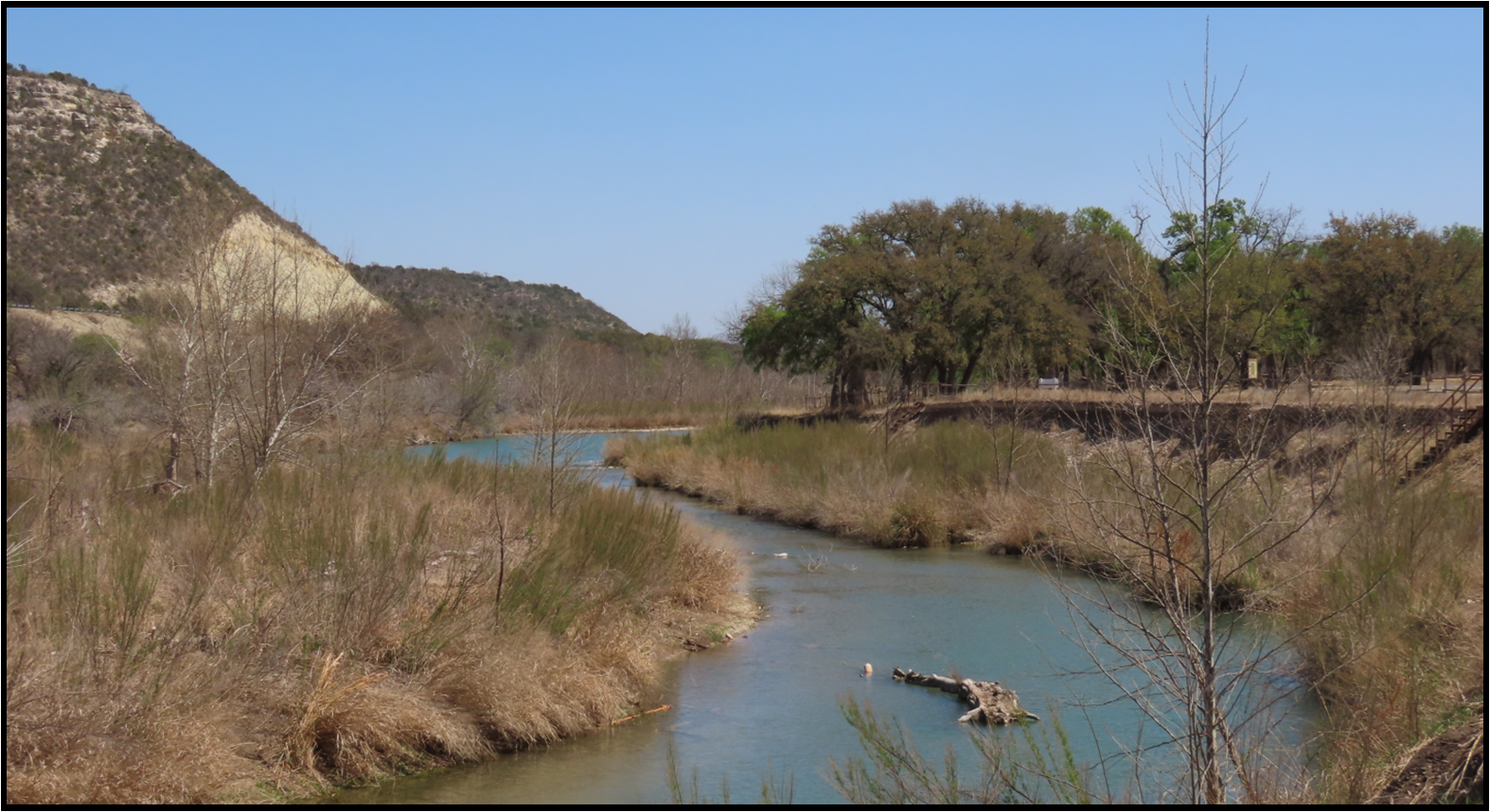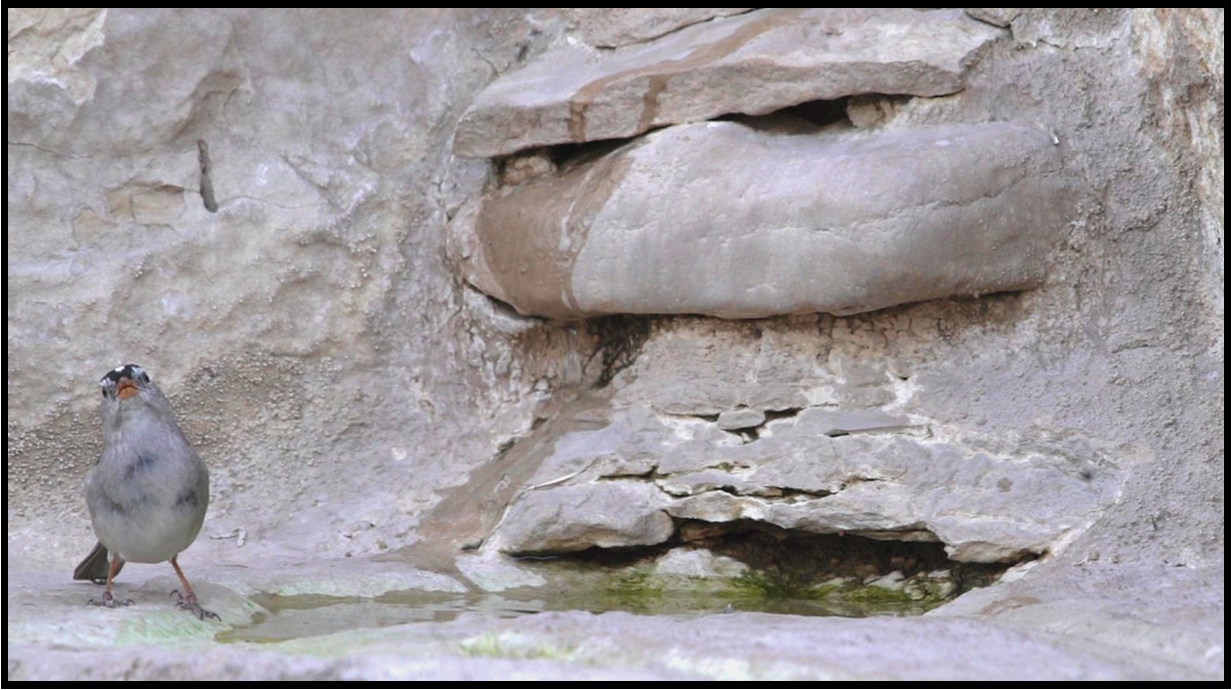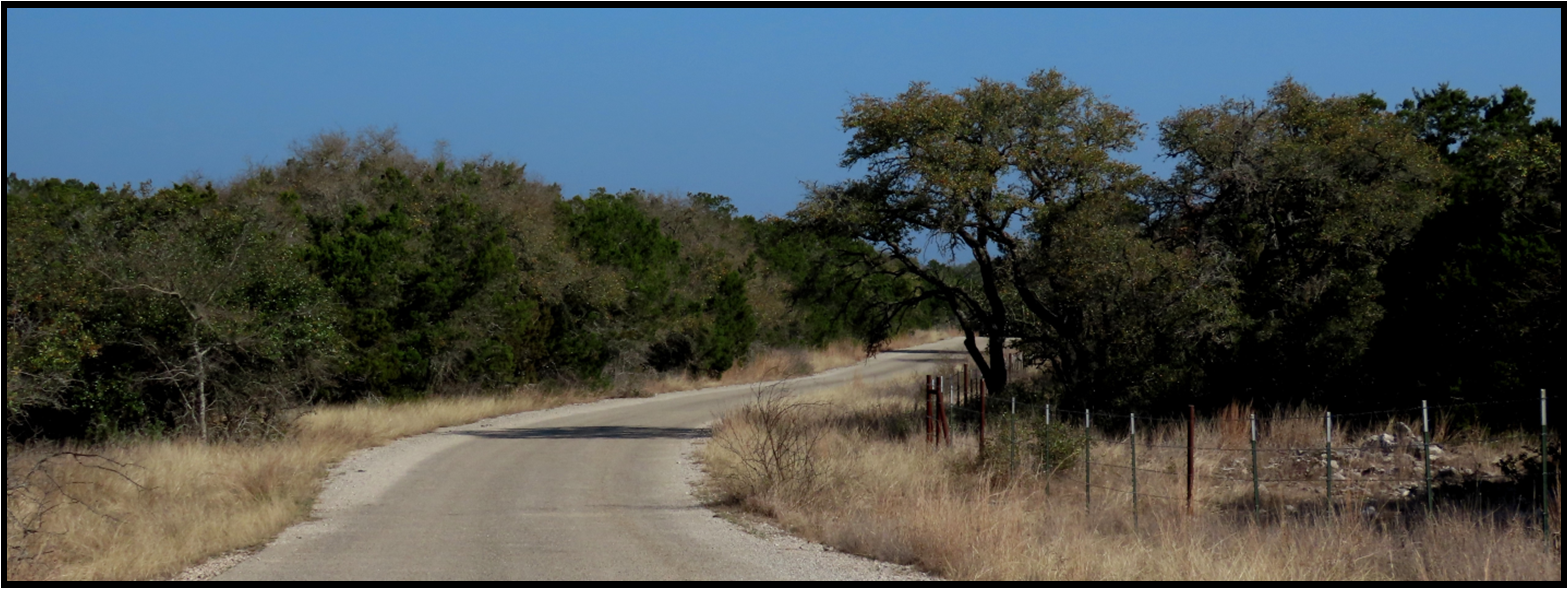What Does Light Pollution Do to Texas Moths? Read to Find Out
© 2025 Alamo Birding Services LLC
By Mary Beth Stowe
The Night is Glowing… But Is That a Good Thing? Step outside on a warm Texas night and look toward the nearest streetlamp. That blur of wings spiraling in the glow? It’s not just a harmless evening scene. For nocturnal insects, artificial light is a trap—one they may never escape.
Across the state, moths are losing their way in skies that never sleep. But why does that matter? What happens when night no longer means dark? And what are we losing when the flickering glow outshines the moon?
The answers begin with a tiny, winged creature that’s more important than most of us ever realized:
Texas moths. Their story is stranger—and more urgent—than most people realize. Stick around. It gets personal.
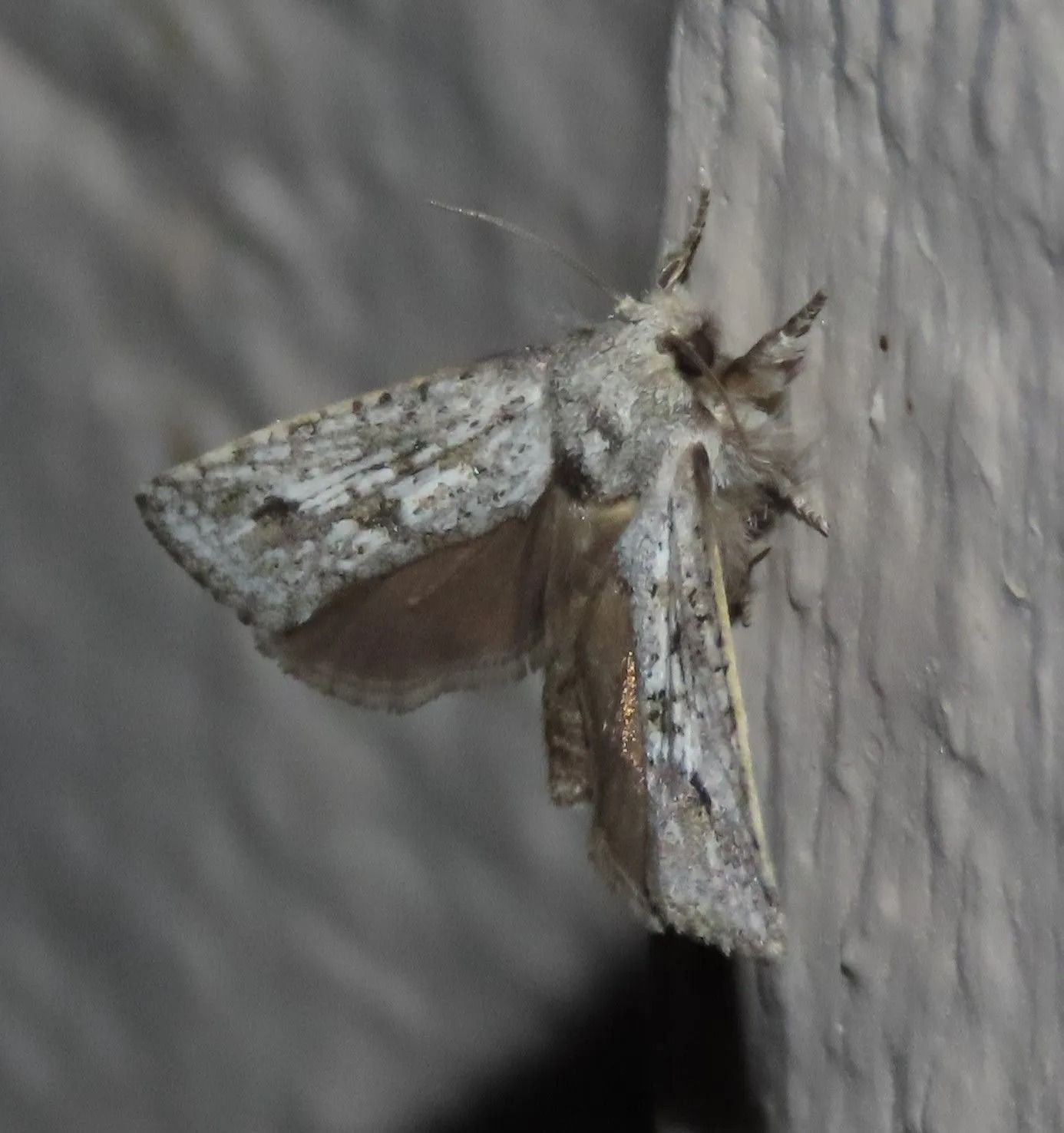
Why Texas Moths Can’t Just “Fly Away”?
Texas is home to thousands of moth species, from tiny inchworms to velvet giants. Some are bright as hummingbirds, others will come loaded with camouflage so strong you wouldn't even know they're there-well, unless you happened to notice at the exact moment.
There is the kicker: almost all are nocturnal creatures. They evolved to find their best activity level once darkness envelopes the world. Except now? The world never really gets dark anymore.
Billboards glow. Suburbs hum with porch lights. Parking lots mimic perpetual dusk. All this artificial brightness does one thing exceptionally well: it disorients them. That fluttering dance you see? It’s not a dance. It’s confusing. Exhaustion. Often, it's the end.
And yes—this story of Texas moths
continues just below.
When the Sky Doesn’t Sleep, Moths Don’t Either
Moths use moonlight and starlight to navigate. But artificial lights? They don’t move. So when a moth spots a bulb, it locks onto it like a GPS gone haywire. It spirals in circles, burns its energy, or becomes easy prey.
In areas like
Mount Graham in Arizona camping
zones, where the dark still has its say, moths behave more naturally—feeding, mating, pollinating. But in sprawling urban Texas? They’re falling off the map.
And here’s the quiet tragedy: moths pollinate at night. That means fewer flowers, fewer seeds, fewer fruiting native plants when moths vanish. They’re not just fluttering things—they’re night-time pollination powerhouses.
Box Canyon Still Buzzes. Why Not Texas?
In places like Box Canyon in Arizona, the darkness remains intact. The air is alive with movement—bats, moths, owls—all part of a connected system. But as Texas cities grow, the skies grow duller… not from clouds, but from light.
And when moths lose their rhythms, birds do too. Consider warblers, nighthawks, and even roadrunners. Their early morning menus? Moths. So when fewer moths survive the night, birds wake up to an empty table.
Wait—Why Should We Care This Much About Moths?
Fair question. But here’s the thing: moths do far more than we credit them for. Bees get the spotlight, but moths do the night shift. And their ecological resume is stacked:
- They pollinate native wildflowers and even some crops.
- Their caterpillars feed on a massive number of bird species.
- They're food for bats, reptiles, amphibians, and small mammals.
- When moths collapse... nature begins to fade—quietly, invisibly.
Now imagine that unraveling across Texas, from Houston to El Paso, because that’s what light pollution is triggering.
A Glimpse of Hope: Can This Be Reversed?
Yes, and it’s not rocket science.
Cutting down light pollution helps immediately. Like: turn off a few porch lights, and moth activity in your yard may double overnight. The changes are that responsive.
Here’s what researchers and conservationists recommend:
- Switch to motion-sensor lighting
- Use warmer-bulb light (skip blue and white LEDs)
- Install downward-pointing fixtures
- At 10 PM, turn off lights that don’t need to be on, especially during spring and fall.
- Use native flowers that bloom at night.
Even small-scale decisions count when multiplied across neighborhoods and cities.
Want to Help Moths Without Leaving Home
You don’t need to hike
Box Canyon in Arizona or camp out on Mount Graham in Arizona to be part of the solution. You can start right where you are:
- Observe which lights are drawing the most bugs
- Experiment with turning off just one or two
- Talk to neighbors about a community “lights out” night
- Photograph moths and share their stories online
- Teach kids how to ID moths with a flashlight and a white sheet
These little acts create space for moths, for birds, and for better skies.
Final Thoughts: What’s Next for Texas Moths
The fate of Texas moths doesn’t just rest in remote parks or national policies. It’s in backyards. Porch lights. Campgrounds. City ordinances. And people like you who actually stop to wonder what a tiny winged creature is doing up there in that artificial glow.
We don’t need to dim everything. Just enough to give the night—and its oldest residents—a chance to reset.
That’s exactly why
Birders on the Road was created: to enable people to witness what they may never have the opportunity to go see, to comprehend what is being lost, and to provide a means ahead, through consideration, action, and awe.




